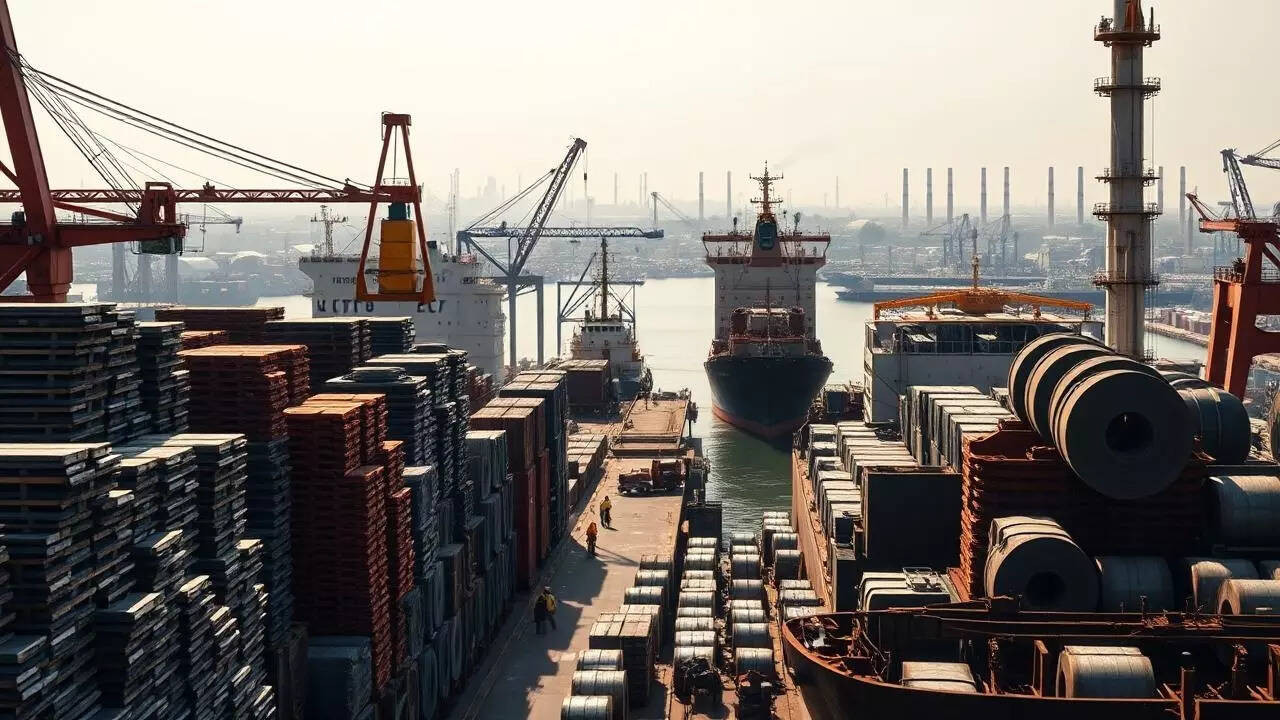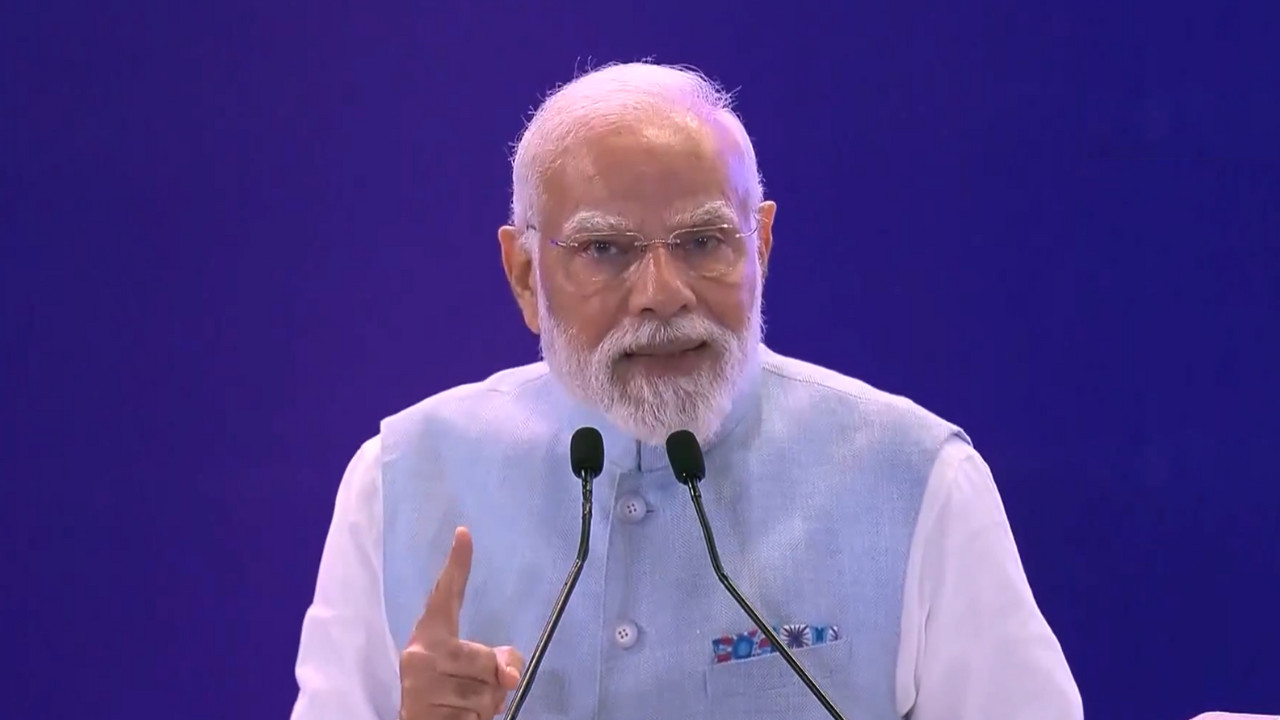Domestic steel prices have hit a five-year low, with HRC at Rs 47,150 and rebar between Rs 46,500-47,000 per tonne. This decline is driven by rising imports, weak export demand, and global oversupply. Despite government measures, India remains a net steel importer, prompting discussions on policy support.
Steel Yourself: What’s Behind the Price Plunge?
The world of steel is rarely static. Demand ebbs and flows, trade winds shift, and geopolitical tremors can send ripples throughout the entire industry. But recently, something more significant than a ripple has occurred: steel prices have plummeted to levels not seen in five years. What’s driving this dramatic downturn, and what does it mean for businesses and consumers alike?
The story isn’t a simple one, with a multitude of factors converging to create this unusual situation. Let’s unpack some of the key contributors.
The Global Slowdown: A Chilling Effect
One of the most significant influences is undoubtedly the cooling global economy. Post-pandemic optimism has given way to concerns about inflation, rising interest rates, and a potential recession in several major economies. This economic uncertainty translates directly into reduced demand for steel. Think about it: fewer construction projects, decreased manufacturing output, and slower infrastructure development all mean less need for steel. As businesses tighten their belts and consumers become more cautious with their spending, the demand for steel-intensive goods shrinks, leading to a surplus in the market and downward pressure on prices.
China’s Influence: A Double-Edged Sword
China, as the world’s largest producer and consumer of steel, wields enormous influence over global markets. Recent economic headwinds in China, particularly within its real estate sector, have significantly impacted their domestic demand. With construction activity slowing down, a major consumer of steel suddenly requires far less.
This has created a surplus in China, which is then exported onto the global market, flooding it with cheaper steel and further depressing prices. It’s a classic supply-and-demand scenario, amplified by the sheer scale of China’s steel industry. However, any significant shift in Chinese policy or economic performance could quickly reverse this trend.

Geopolitical Tensions: Adding Fuel to the Fire
Adding to the complexity are ongoing geopolitical tensions around the world. The war in Ukraine, coupled with broader trade disputes and sanctions, has disrupted supply chains and created volatility in energy markets. Steel production is an energy-intensive process, and higher energy costs directly translate into higher production costs. This makes it difficult for some manufacturers to compete with cheaper imports, further exacerbating the downward pressure on prices. Uncertainty surrounding future trade policies and potential disruptions to raw material supplies also contribute to market nervousness and cautious buying behavior.
Inventory Overhang: A Lingering Problem
Many companies, anticipating continued strong demand, built up significant steel inventories in the previous year. Now, facing a slowdown, they are sitting on excess stock. This inventory overhang further contributes to the oversupply in the market, adding to the downward spiral. Businesses are reluctant to purchase new steel when they already have ample supplies in their warehouses, pushing prices down as suppliers compete to offload existing inventory. Addressing this will be key to stabilizing the steel prices market.
The Impact and the Road Ahead
The decline in steel prices has far-reaching consequences. While consumers might see some benefits in the form of lower prices for goods that use steel, the impact on the steel industry itself is significant. Manufacturers face reduced profit margins, potentially leading to job cuts and plant closures. Resource companies that supply raw materials for steel production, such as iron ore and coal, also feel the pinch.
Looking ahead, the future of steel prices remains uncertain. A rebound in the global economy, coupled with policy interventions to address oversupply and trade imbalances, could help to stabilize the market. However, persistent economic headwinds and continued geopolitical instability could prolong the downturn. The industry needs to focus on innovation, sustainability, and adapting to the evolving demands of a rapidly changing world. Exploring alternative materials and more efficient production methods are avenues many companies are already pursuing. To understand how similar market forces are impacting related sectors, see our article on [aluminum market trends](internal-link).
Ultimately, navigating this period of turbulence will require resilience, adaptability, and a keen understanding of the complex interplay of global economic and geopolitical forces. The steel industry, known for its strength and durability, will need to draw on those same qualities to weather this storm and emerge stronger on the other side. A keen eye on emerging market trends, strategic investment in infrastructure, and government support can all contribute to stabilizing steel prices and securing the future of this vital industry.







